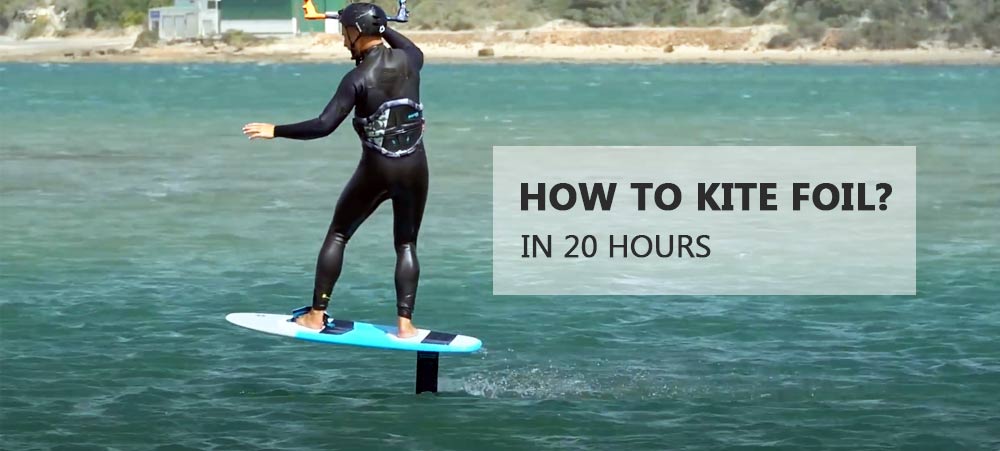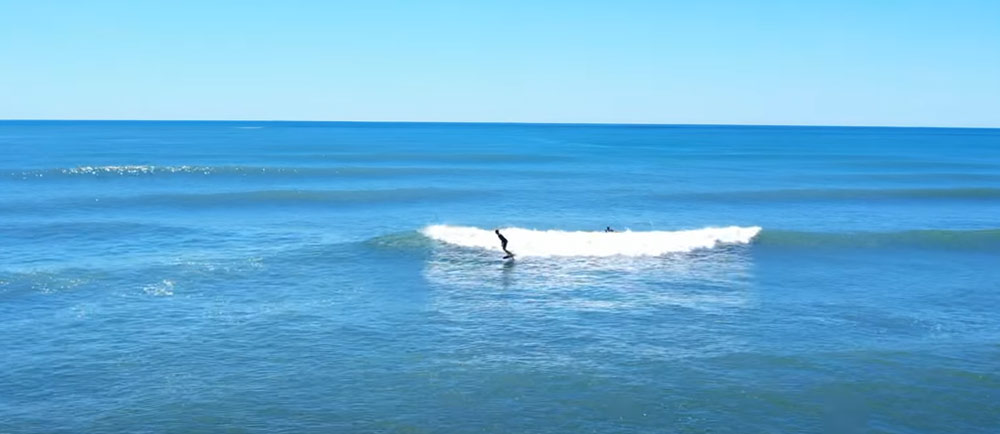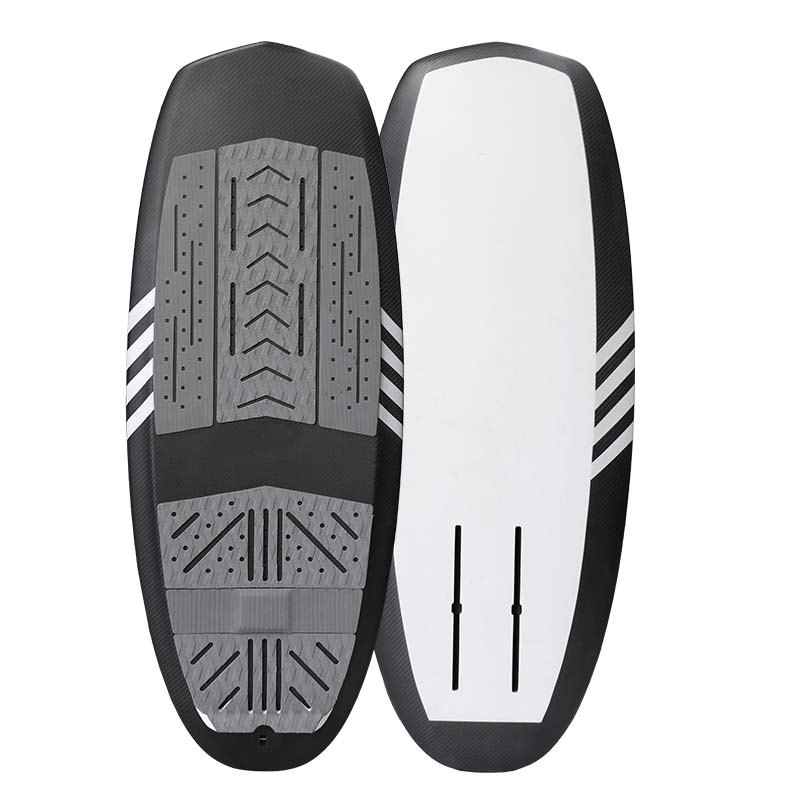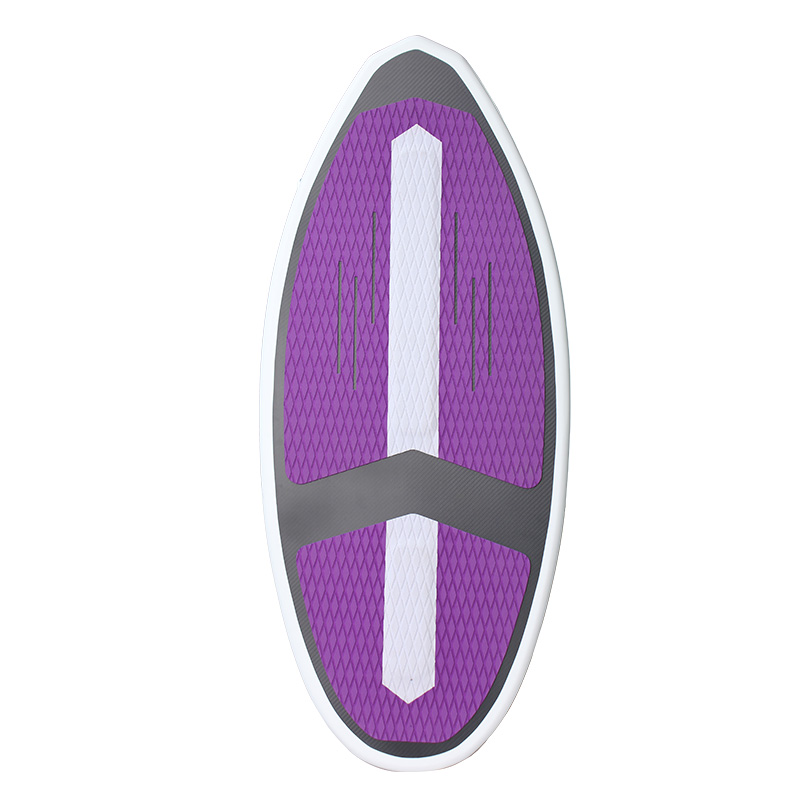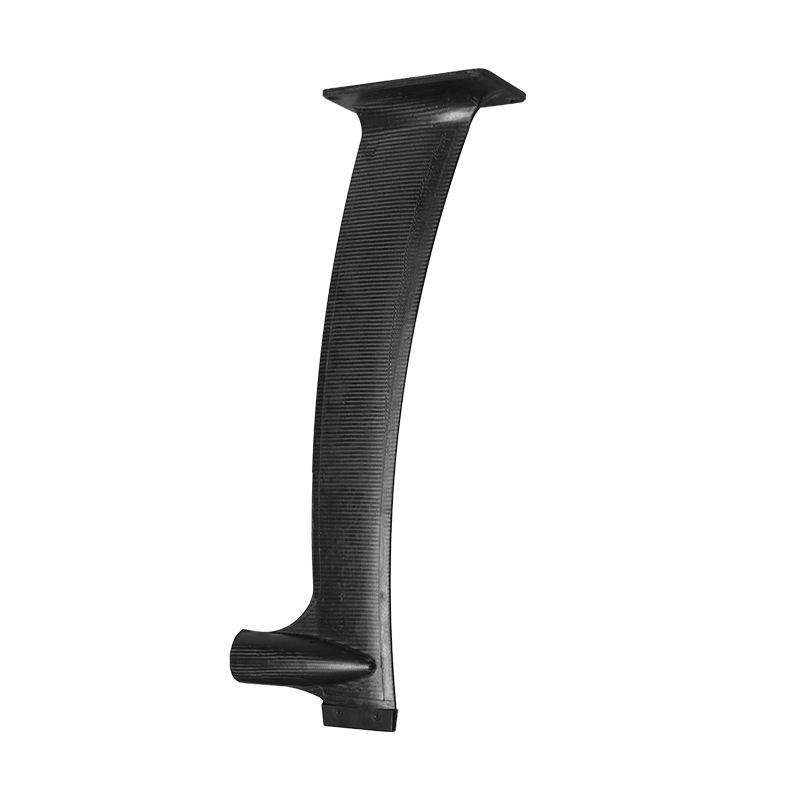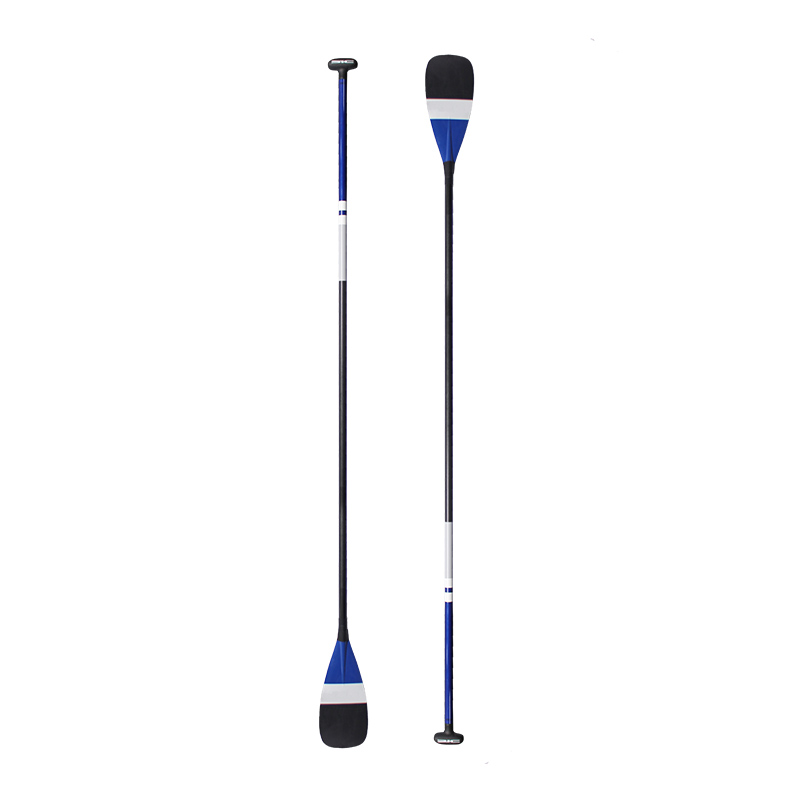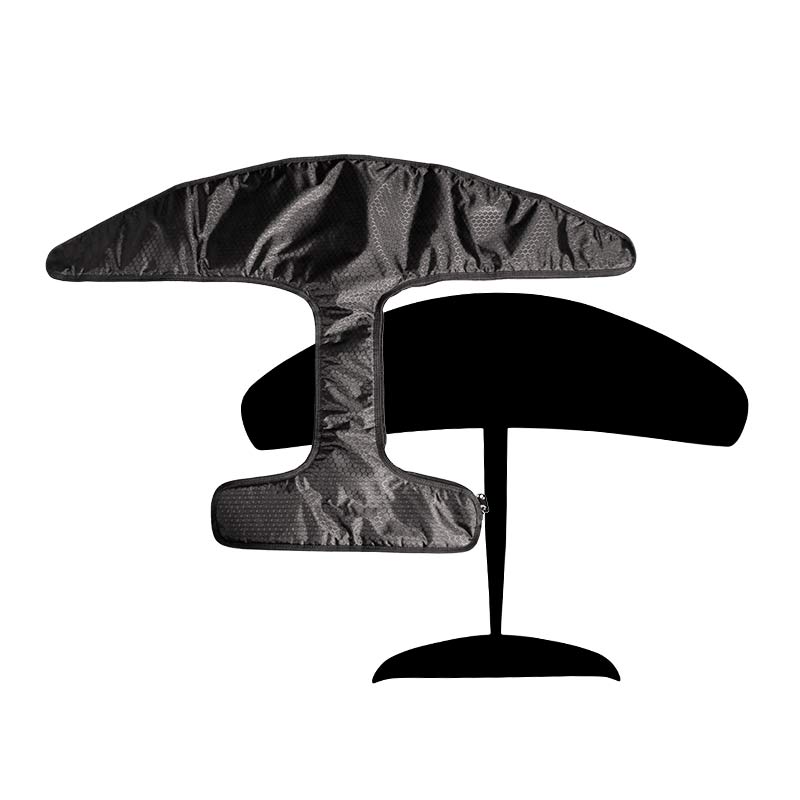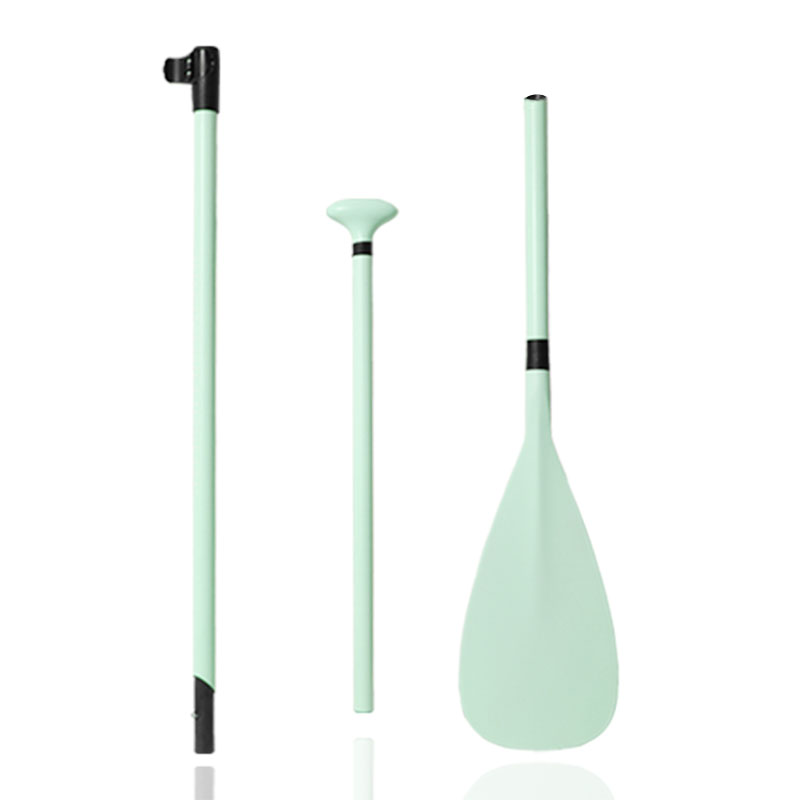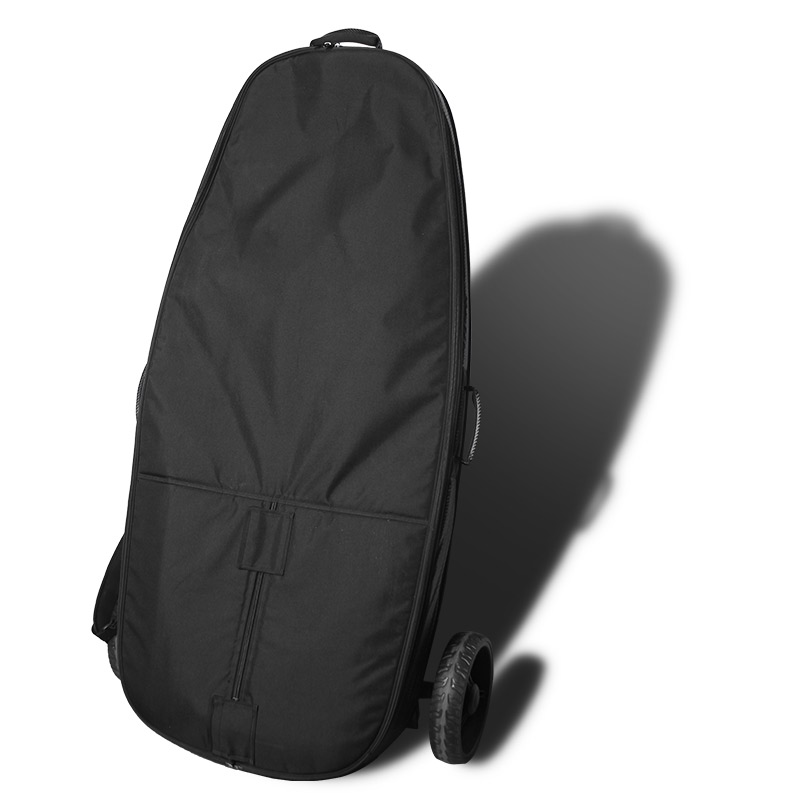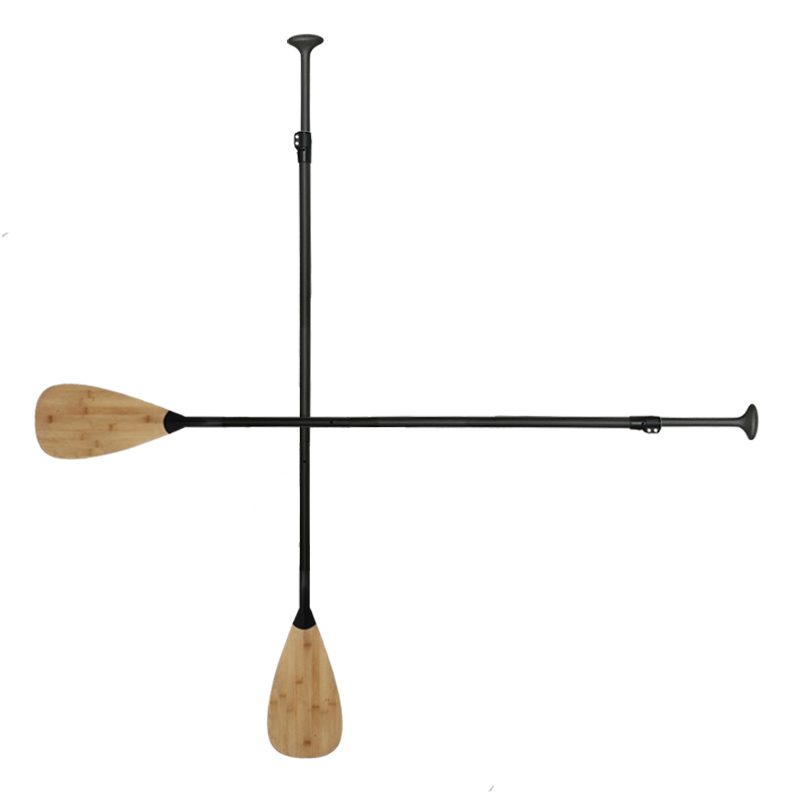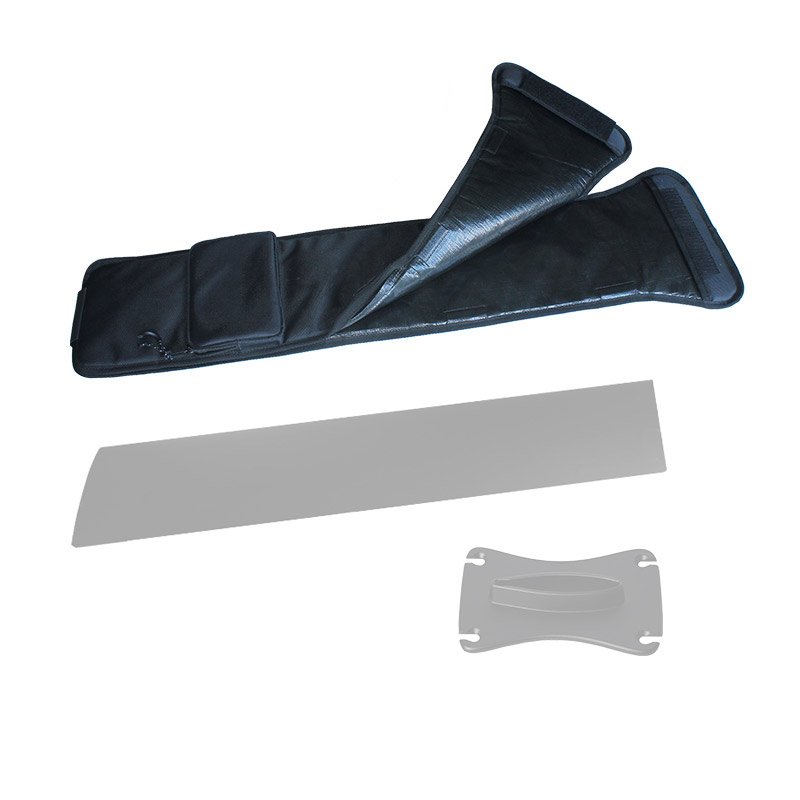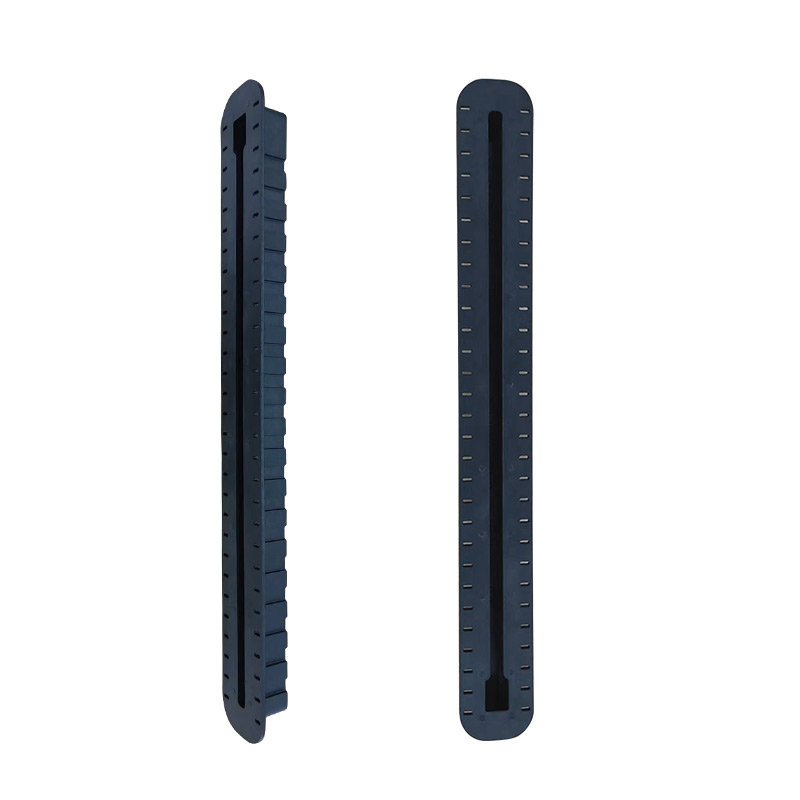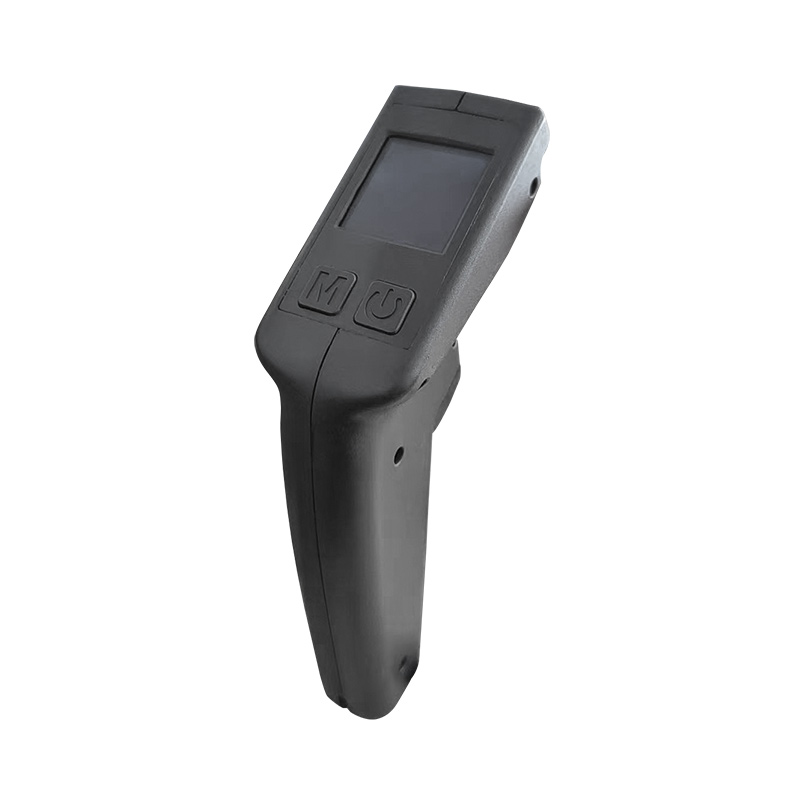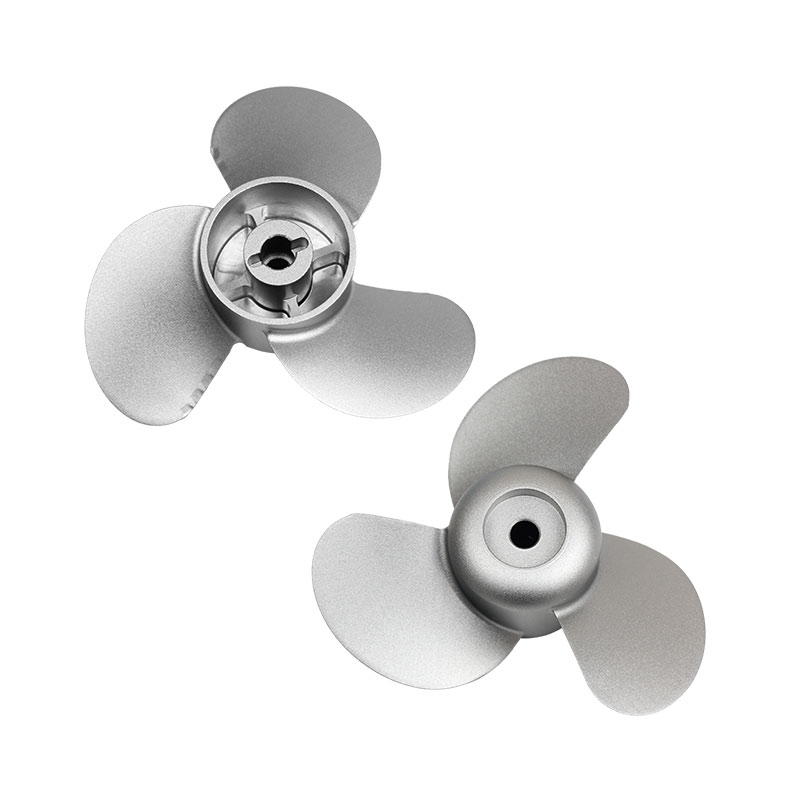Water sports offer exhilaration, freedom, and the allure of the open sea, surfing safety is very important for us. However, with great freedom comes great responsibility. Whether you’re sailing, windsurfing, or kiteboarding, understanding and adhering to navigational rules is not just about etiquette—it’s about safety and mutual respect on the water. These rules are the unspoken language of the sea, ensuring that everyone can enjoy the waves without incident. Let’s explore the essential rules every water sports enthusiast must know. If you are interested to wholesale some surfing products, welcome to contact us for more details.
Port Side Yields to Starboard
One of the most fundamental surfing safety rules on the water is that vessels on the port side must yield to those on the starboard. This rule, seemingly simple, is the cornerstone of avoiding collisions in crowded waters. Picture yourself on a sailboat, gliding across the waves, the wind at your back. You see another boat approaching from your right (starboard side). According to maritime law, you are required to give way, altering your course to avoid a potential collision.
This surfing safety rule applies universally, whether you’re in a tiny dinghy or a massive yacht. The reasoning behind this rule is rooted in tradition and practicality. Historically, steering equipment was often located on the starboard side, making it easier for those vessels to maintain their course. Adhering to this rule isn’t just about following tradition—it’s about maintaining order and safety on the water, preventing chaos where there should be calm.
However, it’s important to distinguish between port and starboard. Port side refers to when your leading hand during navigation is your left hand, while starboard refers to when your leading hand is your right hand. If two people encounter each other on the water, the person on the port side must yield to the person on the starboard side. As shown in the illustration, the blue sail (port side) needs to move in the direction of the yellow arrow to yield to the orange sail (starboard side).

Windward Yields to Leeward
When two vessels are on a converging course, the vessel closest to the wind (windward) must yield to the vessel farther from the wind (leeward). This surfing safety rule is particularly crucial for sail-powered vessels, where wind direction dictates much of the movement. The vessel on the leeward side has the right of way, as it is often less maneuverable and more dependent on maintaining its course with the wind.
Imagine you’re windsurfing, slicing through the water with the wind filling your sail. You spot another windsurfer on a collision course, but you’re the one closer to the wind. It’s your responsibility to alter your course, perhaps by tacking or jibing, to avoid a crash. This rule underscores the importance of awareness on the water—knowing not just your position but the position of others around you relative to the wind.
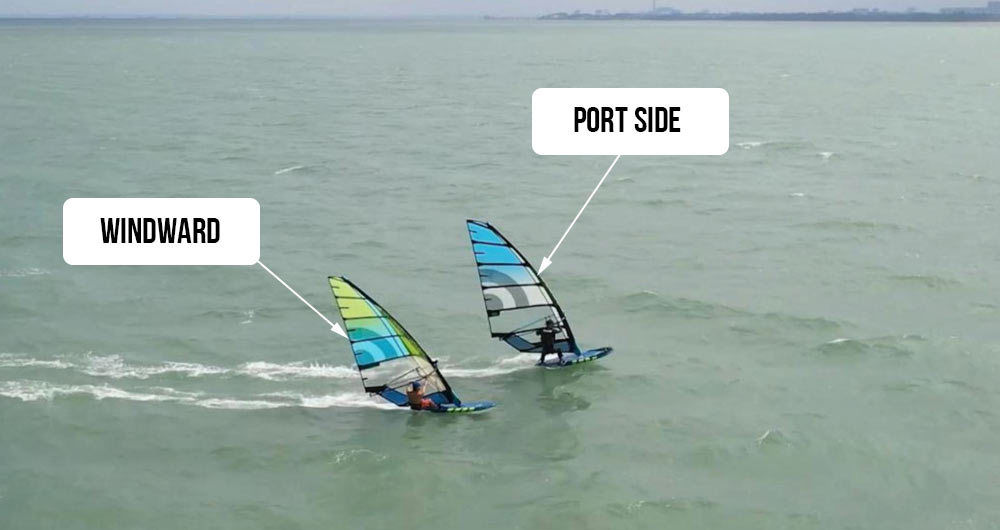
The Overtaking Vessel Yields to the Vessel Being Overtaken
Speed is thrilling, but it can also be dangerous if not managed with care. When overtaking another vessel, whether in a powerboat, sailboat, or any other watercraft, the responsibility to avoid a collision lies with the overtaking vessel. This surfing safety rule ensures that the slower or less maneuverable vessel can maintain its course without sudden, potentially dangerous changes in direction.
Consider a scenario where you’re on a leisurely sail, and a faster boat approaches from behind. The onus is on the faster boat to navigate around you, ensuring a safe distance is maintained throughout the overtaking maneuver. This rule emphasizes patience and respect—understanding that not everyone moves at the same speed, and that’s perfectly okay.

Right of Way Rules When Kites, Windsurfers, and Boats Meet
The waterways are a shared space, with different crafts often crossing paths. When kitesurfers, windsurfers, and boats meet, the surfing safety rules of right of way become even more crucial. Boats generally have the right of way over kitesurfers and windsurfers, given their limited maneuverability. However, there are nuances. For instance, a boat under sail generally has the right of way over a power-driven vessel, unless the powerboat is overtaking.
Kitesurfers and windsurfers, being more agile and faster in certain conditions, must be vigilant, yielding to larger, less maneuverable vessels. However, within their own group, the same windward/leeward rules apply, along with the overtaking rules. It’s a delicate dance, requiring not just knowledge but constant attention to the changing dynamics of wind, water, and craft.
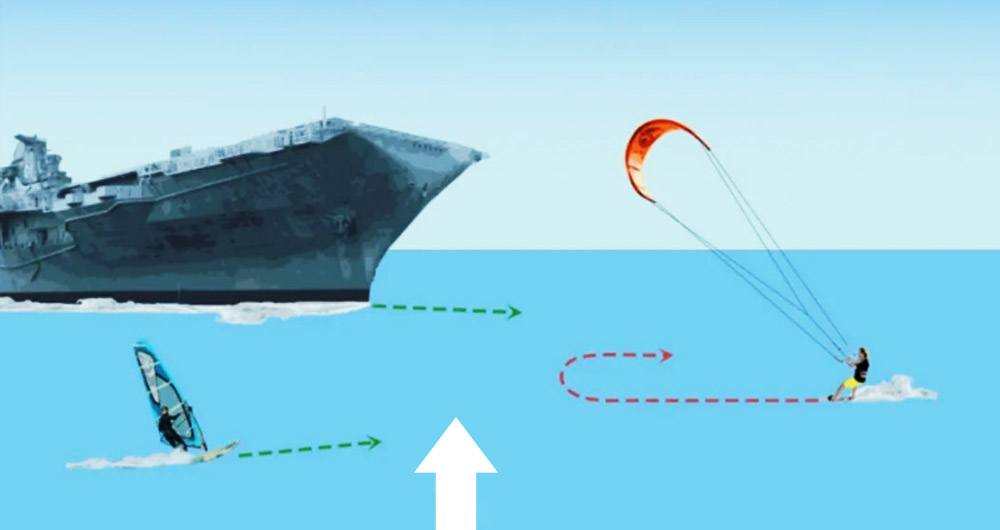
Conclusion Surfing Safety Rule
Mastering these water sports rules and regulations is not just about surfing safety—it’s about creating an environment where everyone can enjoy the water without fear or frustration. By adhering to these guidelines, you contribute to a culture of respect and responsibility for the water. Whether you’re a seasoned sailor or a novice kiteboarder, understanding and applying these rules will make you a better, more conscientious participant in the world of water sports. So, next time you’re out on the water, remember: it’s not just about where you’re going, but how you get there, with safety and respect guiding your way. Enjoy it and keep surfing safety.

